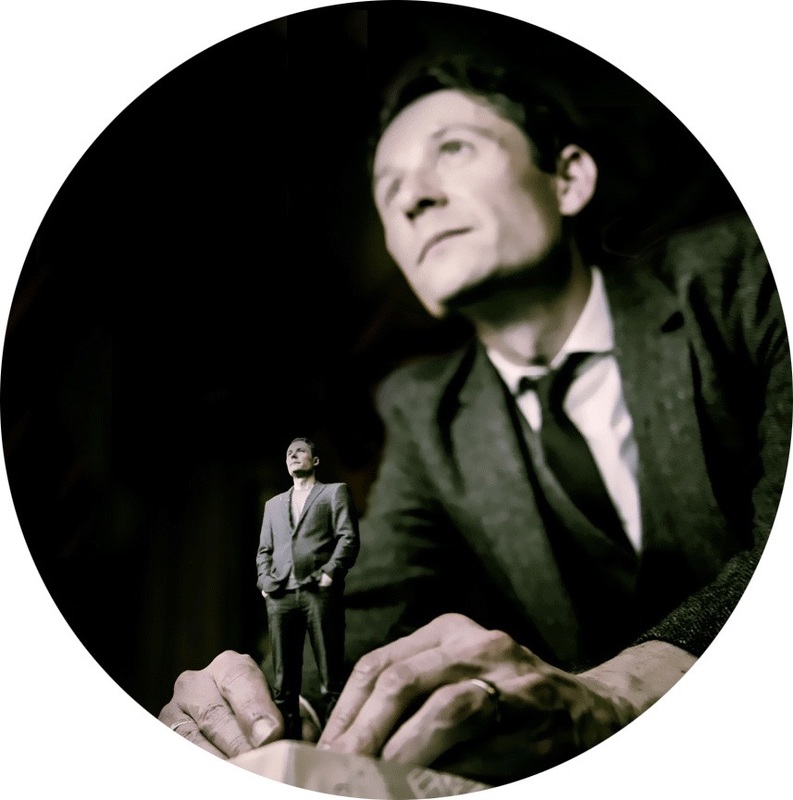|
The project New Geographies of Learning: distance education and being 'at' The University of Edinburgh set out to investigate how students participating in a fully online distance learning programme - the MSc in Digital Education - experienced and understood their university. Beginning in 2011, we spent a year gathering narrative and visual data, primarily through:
Our over-arching research question was: What does it mean to be a student at Edinburgh but not in Edinburgh, and what insight does this give us into learning design for high quality distance programmes? We addressed this question in two published journal articles:
More recently Sian Bayne, Michael Gallagher and I revisited the 21 digital multimodal postcards with an interest in exploring what they might tell us about the way that distance students construct and negotiate space for learning. Our approach and findings are described in a chapter 'The Sounded Spaces of Online Learners' within this recently published collection by Lucila Carvalho, Peter Goodyear, Maarten de Laat (2016):
To briefly touch on the way we approached the analysis of the postcards, we took a broadly multimodal approach which recognised that meaning emerged from the particular ways that the different semiotic resources came together in concert. This was augmented by looking towards Fluegge’s work around personal sound spaces (2011) from which we adopted and adapted the notions of territorialism, sonic trespass and spatial-acoustic self-determination. Within the visual realm meanwhile we looked to Rose’s 'site of audiencing' (2012). Our approach was also informed by Monaco’s ideas around coherence (2009) and similarly Van Leeuwen’s work in social semiotics around information linking (2004).
As we had hoped, by paying equal attention to the visual and aural (and the meaning that emerged from their juxtaposition), we gained fascinating insights into the ways that this particular group of students looked to construct and negotiate space. At times this challenged the conventional conceptualisation of distance learners, often depicted through a high level of mobility and digital sophistication. Instead we saw and heard the trappings of the domestic: family and soft furnishings; kitchen table and kettle boiling. We also became aware of how this group of students differently attempted to orchestrate or adapt to the material character of their surroundings. Without suggesting that our findings could be applied to online education across the board, we nevertheless believe that our methodology encourages teachers and course designers involved with online education to consider what is happening on the other side of the screen. Whenever I'm on campus I'm struck by the amount of attention that has gone into reconfiguring the different buildings into spaces that are conducive to learning. In comparison, there has been very little critical attention to the learning environments of online students. Through the findings and methodology described within our recently published chapter, we hope that we will encourage other researchers, teachers and programme designers to have a good look - and listen - to the learning spaces of online, distance students.
A digital postcard of Daisy's learning space in Xalapa, Mexico.
References:
See also: Away from the university Listening to the street Look! Listen! Learn!
0 Comments
Leave a Reply. |
Search categories
All
I am a Lecturer in Digital Education (Education Futures), within the Centre for Research in Digital Education at The University of Edinburgh.
@james858499 [email protected] |
